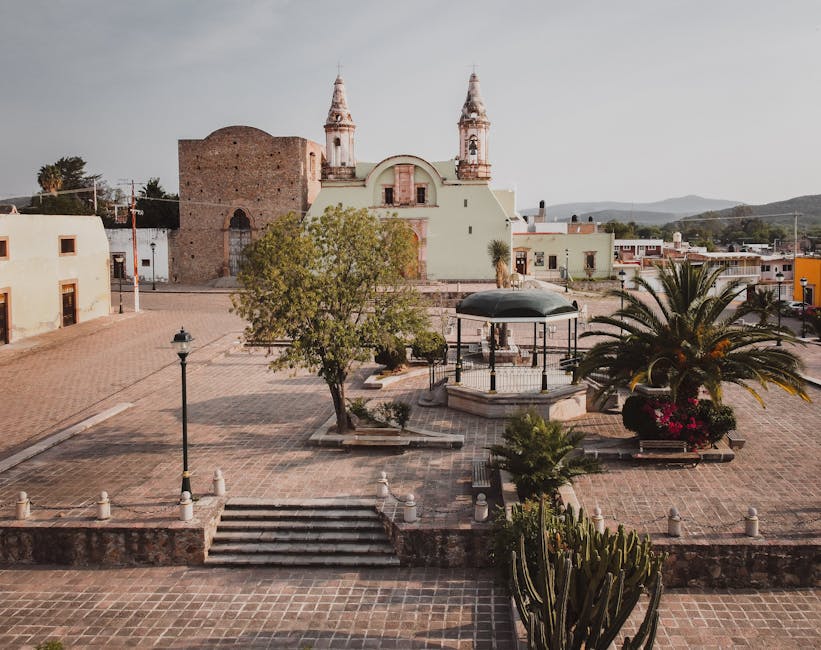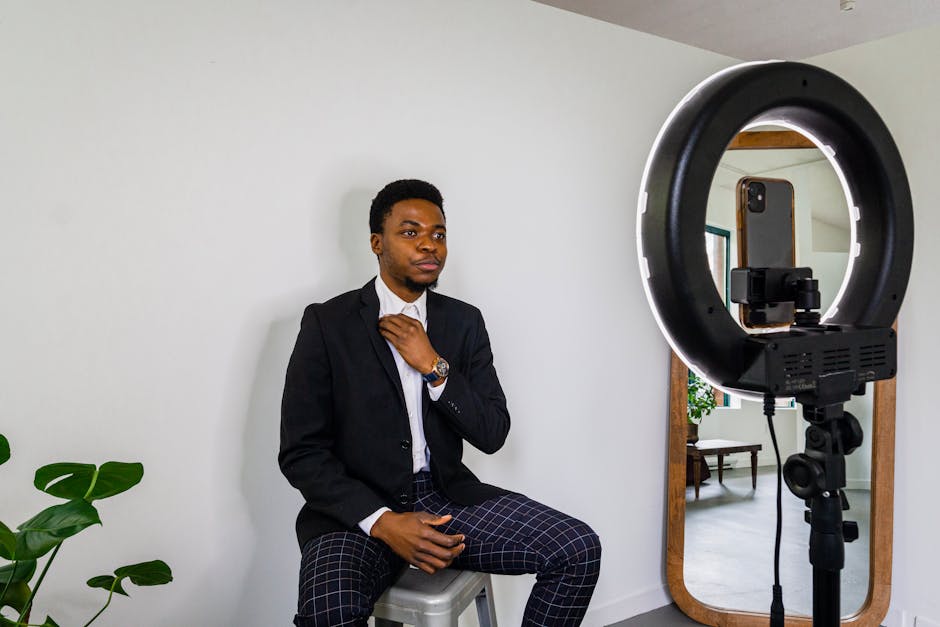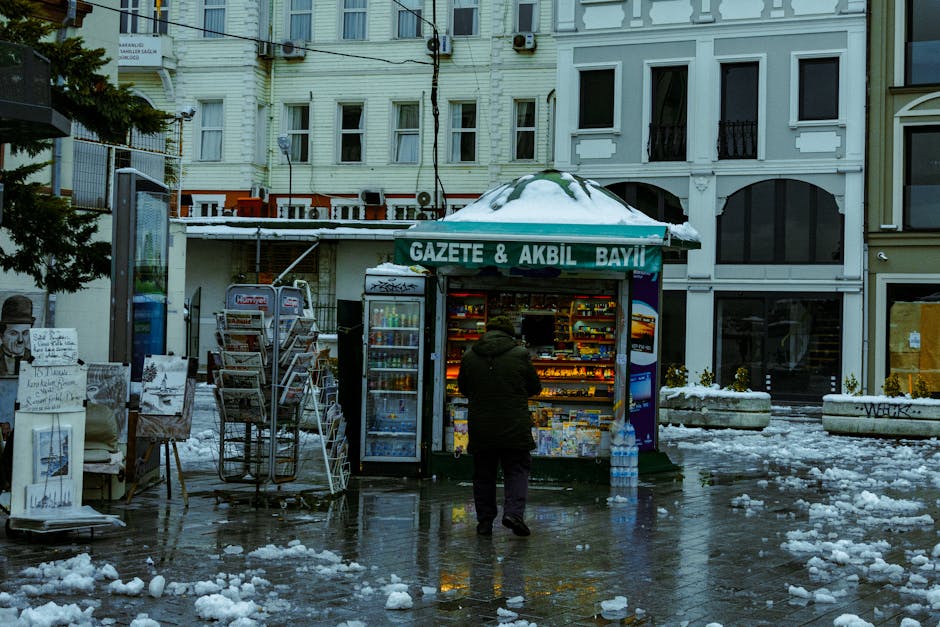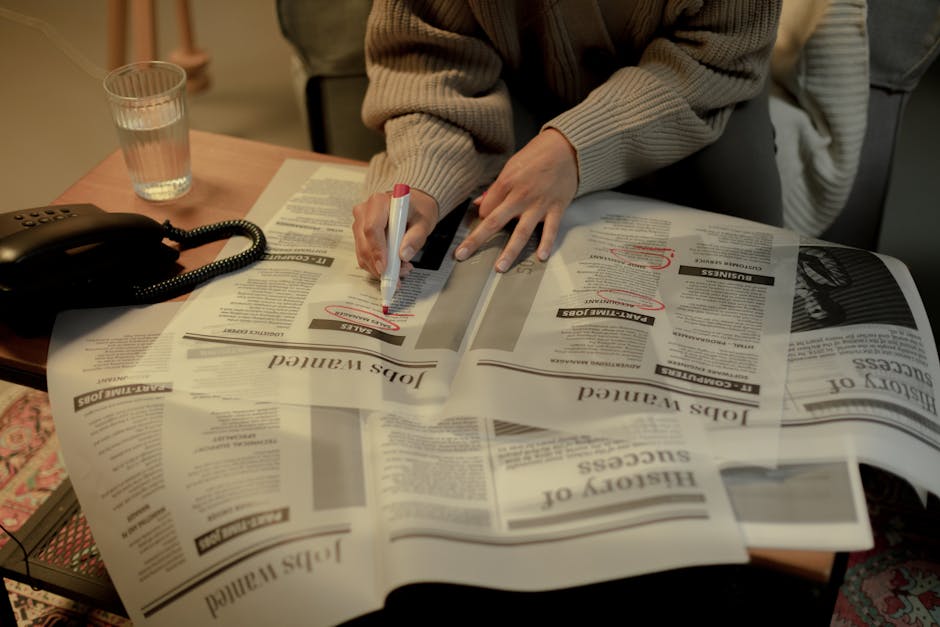Alright, so you wanna hear about Spanish Harlem in 2025? Man, it’s a whole scene, right? Like, a living, breathing neighborhood up in NYC, full of stories and sounds and smells that just stick with you. If you haven’t been, well, what are you waiting for? This isn’t just some old spot on a map; it’s got grit, it’s got heart, and it’s always got something new popping up while still clinging real tight to its roots.
For real, El Barrio, which is what folks call it, or East Harlem if you’re looking at a map, it’s kinda legendary. It runs from 96th Street all the way up to like, 142nd Street, generally, between Fifth Avenue and the East River. It’s been home to tons of people over the years, from Italian immigrants way back, to, obviously, a massive Puerto Rican community that came after, and now folks from all over Latin America. The vibe here, it’s just different. It’s got this incredible energy that you just can’t get anywhere else in the city, you know?
The Way It Was and How It’s Changin’
Think about it, what was Spanish Harlem back in the day? Like, picture this: streets buzzing with salsa music spilling out of bodegas, kids playing stickball, fire escapes draped with laundry, and the smell of amazing food everywhere. That’s the classic picture, right? And honestly, a lot of that still holds true in 2025. It’s not some museum piece, though. Things are always shifting, but it’s still got that distinct flavor.
There’s this push and pull happening. On one side, you’ve got these new buildings going up, shiny and tall, sometimes a bit out of place if you ask me. And yeah, rents are climbing, which is a big worry for the people who’ve called this place home for generations. It’s a bummer to see folks struggle to stay in their own community. But then, on the flip side, you see so much effort put into keeping the culture alive. Like, really strong community groups, artists, and just everyday people making sure El Barrio doesn’t lose its soul. They’re like, “Nah, we ain’t going anywhere.”
What’s cool is how many smaller, local spots are still there. You got your barber shops, the little bakeries selling fresh bread, and those corner stores with everything you could ever need. These places, they’re not just businesses; they’re meeting spots, places where news gets shared, where neighbors actually talk to each other. It’s a real community, not just a bunch of buildings.
The Beat of the Streets: Music, Art, and Just Good Vibes
Music, wow. El Barrio practically breathes music. You walk around, and you’re gonna hear it. Salsa is, like, the undisputed king here, no doubt. But you also hear reggaeton, bachata, merengue, even some old-school boogaloo. Sometimes, late at night, you might hear a drum circle happening somewhere, or just people singing on their stoops. It’s raw, it’s real, it’s alive. I’ve heard some pretty incredible street performers there, actual maestros, playing stuff you’d pay big money to hear in a concert hall.
And art? Man, the walls here talk. I’m serious. The murals are something else. Big, vibrant paintings telling stories of Puerto Rican history, community heroes, struggles, triumphs. They’re not just pretty pictures; they’re like history books painted right onto the brick. Some of these murals, they’ve been around for decades, getting repainted and loved by new generations of artists. And new ones pop up all the time. It’s a constant conversation between the past and the present, right there on the street. People walk by, they stop, they look, they think. It gets you.
Beyond the murals, you’ve got art spaces, some small galleries that champion local artists. It’s cool because it’s not just fancy stuff for fancy people. It’s art for everyone, made by people from the neighborhood, often about the neighborhood. It’s accessible, which is a big deal, I think.
Eating Your Way Through El Barrio
Okay, let’s be real, the food in Spanish Harlem? It’s legendary. If you go, and you don’t eat, you’ve messed up. Plain and simple. This is where you find some of the best, most authentic Puerto Rican and Latin American food outside of, well, those countries themselves.
You gotta try a mofongo. It’s like, plantains mashed up with garlic and pork rinds, sometimes with chicken or shrimp on top. So good, you just can’t explain it. And pasteles? Kinda like tamales, but Puerto Rican style, often made with green bananas and pork. Super traditional, especially around the holidays. The rice and beans here, they’re not just sides; they’re the main event. Everyone’s abuela has their own secret recipe, and trust me, they’re all good.
The bodegas too, man. These aren’t just convenience stores. They’re like the neighborhood pantry, the corner store, and sometimes even the local gossip hub all rolled into one. You can grab a coffee, a sandwich, maybe some plantain chips, and usually hear some great conversations happening. The vibe in a bodega is just, it’s got a pulse.
And there are new spots too, because it’s 2025, right? Newer cafes, maybe some fusion places popping up, but they often try to keep that local flavor. They know what’s up. They know people come here for that taste, that feeling. It’s not just about what’s trendy.
Community Power and Local Spots Worth Your Time
What’s really amazing about Spanish Harlem is the people. Seriously. There’s a strong sense of community here, like folks genuinely look out for each other. You see it in how local businesses support each other, how neighbors help out, how people gather for block parties or protest when they feel their community is being threatened. This isn’t just a random collection of people; it’s a fabric. And it’s a beautiful thing to witness.
If you’re visiting, you gotta check out some places that really show off that spirit.
La Marqueta: This place, it’s historic. Back in the day, it was a huge market, super busy. Now, it’s smaller, but it’s still there, kind of reinventing itself. You might find a pop-up food vendor, some local crafts, or even a community event happening. It’s always got something cooking, literally and figuratively. What’s cool is how it represents resilience.
The Graffiti Hall of Fame: Over on 106th Street, this spot is iconic. It’s basically an outdoor art gallery where graffiti artists (real artists, not just taggers) come and make these incredible, huge pieces. It’s ever-changing, so every time you go, it’s something new. It’s a testament to the raw, creative energy that’s always been here.
El Museo del Barrio: So this is a proper museum, but it’s all about Latino and Caribbean art and culture. It’s a really important place because it celebrates the stories and creations of the people who make this neighborhood what it is. It’s got a cool mix of traditional stuff and really modern art. You could spend hours in there, and you’d learn so much.
Any local park: Seriously, just find a park. You’ll see families, older folks playing dominoes, kids running around, maybe someone practicing a new dance step. It’s where life happens, outside. These places are like the neighborhood’s living room.
So, What’s the Takeaway for 2025 and Beyond?
Spanish Harlem, it’s not a museum. It’s not frozen in time. And, uh, that’s okay. Because what it’s got, it’s this crazy capacity to adapt, to keep its core while things around it change. The biggest thing, I think, is its ability to hang on to its identity even when the city tries to make everything uniform. That’s what makes it stand out.
It’s a place that tells you a lot about New York, about immigration, about resilience, about how culture can be a powerful force. It’s loud, it’s messy, it’s got its problems, sure. But it’s also vibrant, generous, and full of stories just waiting for you. And trust me, in 2025, it’s still gonna be all that and more. You just gotta experience it for yourself. Go on a weekend, walk around, listen, sniff the air, and just… be there. It’ll stick with you, promise.
Frequently Asked Questions About Spanish Harlem (El Barrio) in 2025
What kind of food should I definitely try in Spanish Harlem?
You absolutely have to get some mofongo, which is mashed plantains, and pasteles, a traditional dish often made with green bananas and pork. Also, don’t skip the chance to grab some authentic rice and beans and a fresh, strong coffee from a local bodega. Trust me on this one.
Is Spanish Harlem safe to visit these days?
Yeah, it’s generally safe, like any major city neighborhood. During the day, it’s bustling with people, and you’ll see families out and about. At night, stick to the main streets, just like anywhere else you might be exploring in a big city. Use common sense, and you’ll be fine. People are friendly, for the most part.
How do I get to Spanish Harlem using public transport?
Super easy! The 6 train (the green line) runs right through the heart of Spanish Harlem. You can hop off at stops like 96th Street, 103rd Street, 110th Street, or 116th Street. There are also bus lines, like the M1, M2, M3, and M4, that run along Fifth Avenue and Madison Avenue, making it pretty accessible from Midtown.
What’s the best time of year to visit El Barrio for festivals or special events?
Spring and summer are usually pretty big for street festivals and outdoor events. There’s often a Puerto Rican Day Parade celebration or smaller, localized block parties, especially around June. Check local community calendars closer to when you plan to go; things are always happening, sometimes spontaneous, sometimes planned for months.
Has gentrification really changed Spanish Harlem a lot by 2025?
It’s definitely changing, and you can see new buildings and businesses. Some people who’ve lived there forever feel the pressure of rising costs. But the community is strong, working really hard to preserve its cultural identity. You’ll still feel the authentic vibe and see the deep-rooted culture thriving alongside the new developments. It’s a mix, you know? A constant balance.




